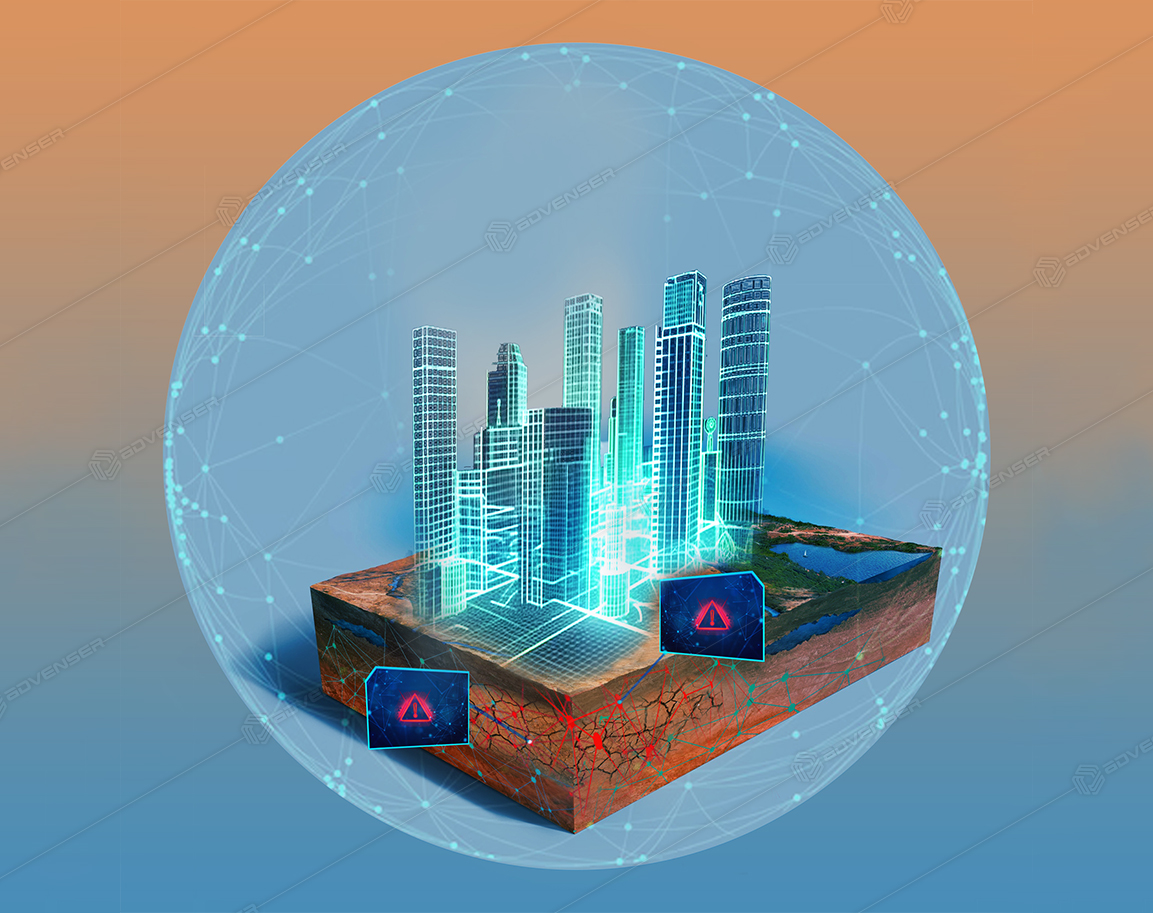Augmented reality (AR) is, organically, in real-time and dynamically, over laying virtual images created by computers and other information on real environment which the observer sees. And when the observer tends to move in the real environment, virtual information automatically adjusts according to his movements, as if that virtual information truly exists in the real world. Or simply AR is the process of a user viewing the physical world and virtual information simultaneously, where the virtual information is overlaid and aligned with the physical world view.
The possibilities of AR in AEC are infinite and the integration of AR in BIM can also save lots of time. We can even bring entire buildings to the proposed site before even starting the paperwork which is far more efficient than a scaled prototype. Imagine that a group of architects are working on some kind of new complex architectural design and they want to do a joint design review even though they are physically separated. If each one of them happens to have a conference room along with an AR enabled display, this can very well be accomplished. They can even hold discussions, where the client can literally walk around the display looking at different aspects of the design from various perspectives, (like that we see in “Iron man movies”) and give his valuable opinions.
One of the main features that separates AR from its counterparts is that it does not isolate the viewer from reality i.e. it doesn’t block reality, instead it enhances it by introducing actual scaled virtual objects. Using this advantage, we can superimpose virtual furniture to check its scale in a room, can be used to explore mechanical and piping systems behind existing walls and even carry out town planning, for this we just need an AR enabled device – now-a days there are some Smartphones that are AR enabled, ‘Tango’ a project of Google which is a platform for augmented reality makes us rethink the capabilities of a Smartphone. With such phones we can even measure the distance between two points by simply looking through the phones camera.
The methods by which AR is achieved are split into two categories: marker based and marker-less systems.
Marker based systems use physical world symbols as a reference point for computer graphics to be over laid. For e.g.: a 2-d printer marker placed in front of the camera. The computer will interpret these symbols to overlay an on screen graphic as if it were directly on top of the marker in the physical world, whereas marker-less system uses a combination of an electronic devices’ accelerometer, compass and location data (e.g.: GPS) to determine the position in the physical world, which way it is pointing and on which axis the device is operating. This location data can be compared to a database to determine what the device is looking at, thus allowing the computer graphics to be displayed on the screen.
So basically AR produces an interact-able hologram which, if integrated into BIM can be very productive. There will only be some initial cost, setting up the equipment. Many have presented papers on AR, the earliest of it dated back in the early 90’s. It took a long way to evolve as the technology we witness today. The need for such integrations are questionable, but we made buildings at a time when there was no CAD and built sky scrapers even before there was BIM. So considering the fact that we live in a world which never settles and we keep asking more each day, AR is promising. It would obviously make much things easier. Well, if technology can’t make life easier, then what else can?








